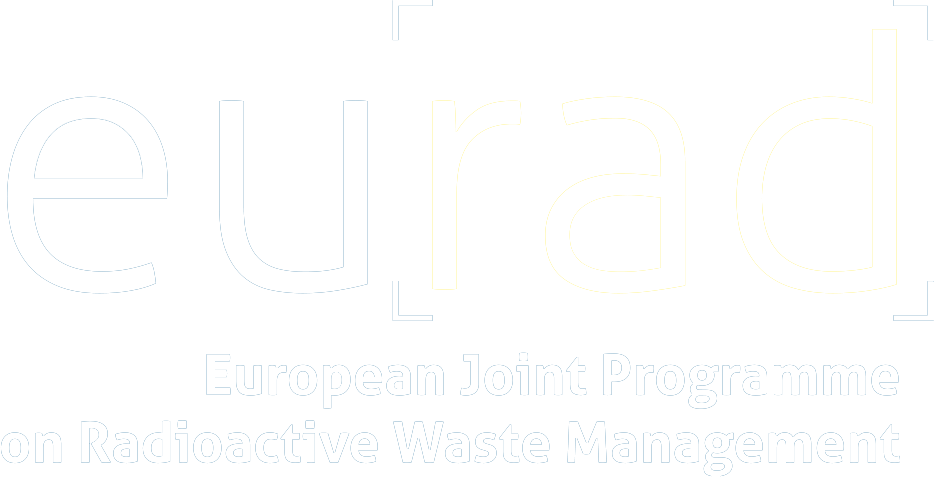Deep geothermal energy is currently being investigated in many European countries, including Belgium, as a promising renewable energy source for the future. Geothermal energy plants rely on pumping up large amounts of deep hot groundwaters and transferring these groundwaters through above-ground facilities (such as heat exchangers, turbines or pumps) before reinjecting them back to the geological layer from which they were extracted (closed-loop configuration).
Previous and recent chemical and radiological analysis of these groundwaters have however shown that, in order to guarantee long service life without adversely affecting humans and the environment, such installations need to be assessed both chemically and radiologically. Indeed, from a chemical point of view, large quantities of dissolved salts, more specifically mainly NaCl, have been found in many of these groundwaters with total dissolved solids (TDS) ranging between ~100 to 270 g/L (Vandenberghe et al., 2000; Regenspurg et al., 2010; Sanjuan et al., 2010). Radiologically, these groundwaters are characterised by the presence of various naturally occurring radionuclides (NOR’s) of the 238U, 232Th and 235U decay series. While radium (226Ra, 228Ra, 224Ra, 223Ra), radon (222Rn), and lead (210Pb, 212Pb) isotopes are rather soluble in geothermal brines, the isotopes of uranium (238U, 234U, 235U), thorium (232Th, 228Th, 230Th), polonium (210Po), and actinium (227Ac, 228Ac) are characterized by low solubilities and are thus mostly immobile (Kölbel et al., 2020). Relatively elevated concentrations of 226Ra (up to 120 Bq/L) and 228Ra (up to 10 Bq/L) have been described in waters produced from different geothermal reservoirs (Vandenberghe et al., 2000; Vasile et al., 2016; Degering and Köhler, 2015; Kölbel et al., 2020). During their flow from the reservoir rocks up through the production well and surface installation, scale formation has been observed due to the changing pressure and temperature, as well as redox conditions. The observed scales comprise metal sulfides, iron (oxi)hydroxides, sulphates (e.g. baryte, celestite), carbonates (e.g. siderite, dolomite, calcite), and amorphous silica to name the predominant ones. The co-existence of the previously mentioned phases and association with different NOR’s clearly reflects that besides solubility, also the redox conditions play an important role in the precipitation of the scales and most likely also in the partitioning of the NOR’s. In this context, it should be mentioned that also organic material has been described in different geothermal systems being part of the scaling material or clogging deposits (Pauwels et al., 2020; Andritsos et al., 2014; Gallup et al., 2005; Finster et al., 2015; Sanjuan et al., 2010). The origin of organics present in the geothermal waters may be of natural origin, i.e. released from the reservoir/formation rocks and/or represents components or degradation products of scale and corrosion inhibitors.
With respect to the characterization of scales formed in geothermal installations, the focus until now has been mainly on the radioactivity related to Ra-isotopes, as well as 210Pb and less to 210Po (Degering and Köhler, 2015). Process understanding, to date, was mainly focused on these radionuclides and less on 210Po. Lately, high amounts of 210Po were also described to be present in scales of the Reykjanes geothermal system in SW-Iceland (Borgeir, 2015), as well as in scales of the Balmatt system (Pauwels et al., 2020). However, no information is available yet to explain its fractionation and preferential accumulation/co-precipitation in scales compared to its parent (226Ra). Also the role of organics playing in NOR precipitation and fractionation is still poorly known.
Thus, in order to better understand the mobility of NOR’s in geothermal systems and their partitioning during scale formation, the PhD project aims at answering the following main research questions:
1. What is the influence of the redox conditions on the partitioning of the radionuclides in scales formed in geothermal installations (focus on 210Pb and 210Po) ?
2. To which extent may organic matter of natural and/or artificial origin contribute to the accumulation and partitioning of NOR’s ? And if it plays a role, is this also a redox related process ?
The minimum diploma level of the candidate needs to be
- Master of sciences
The candidate needs to have a background in
- Chemistry
- Geology
Estimated duration
4 years


